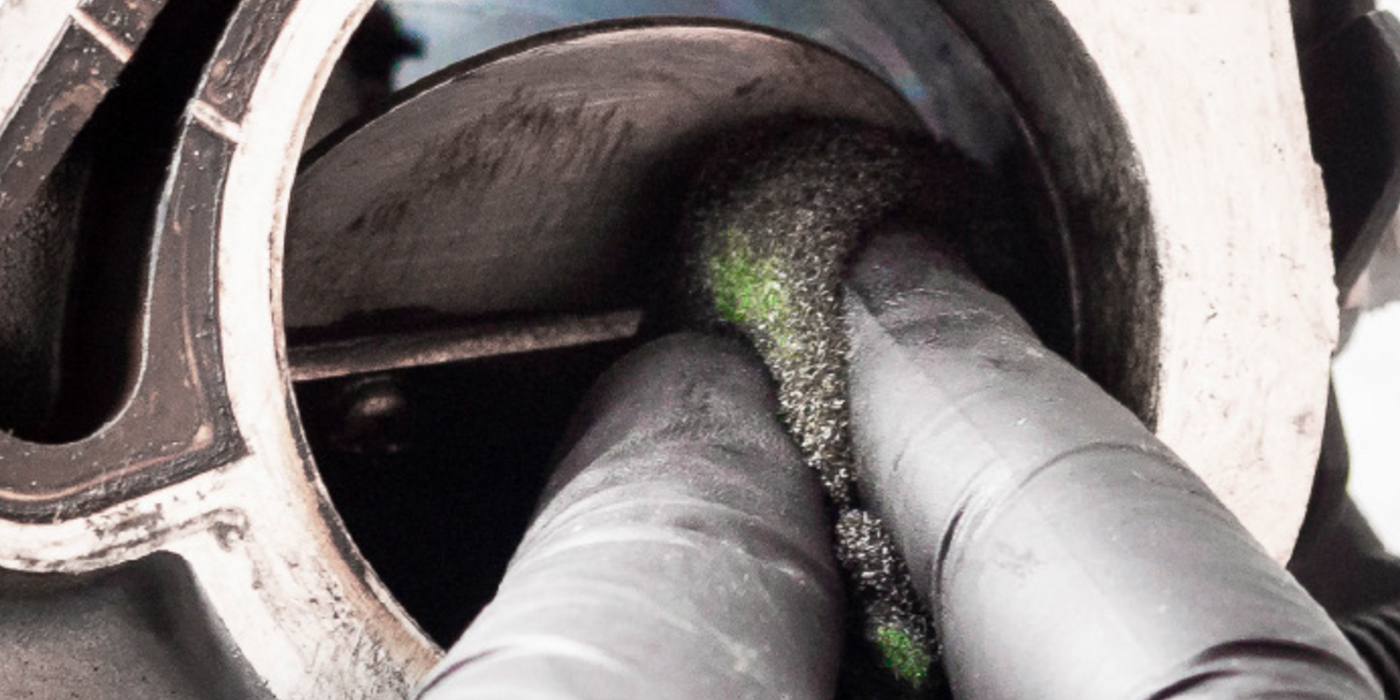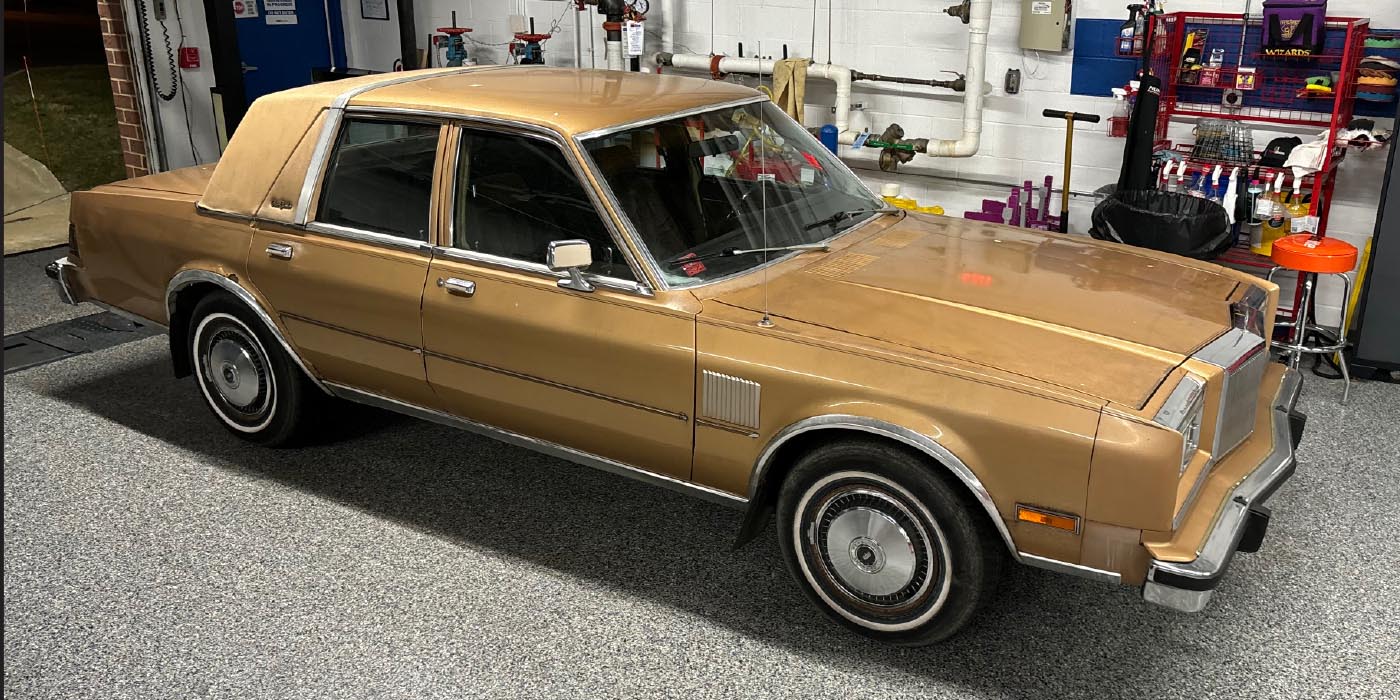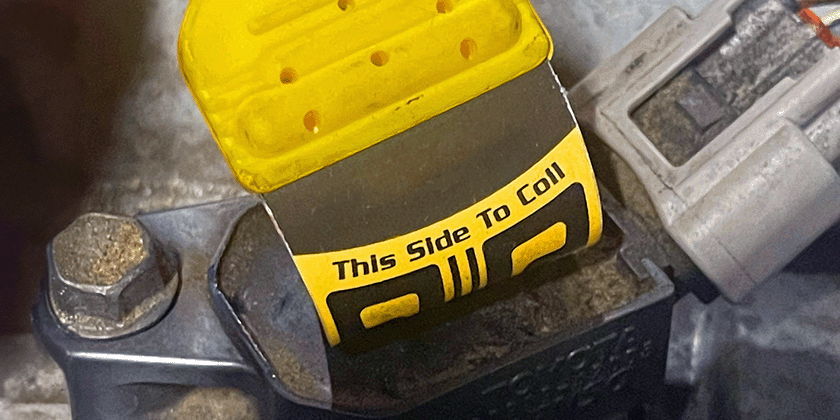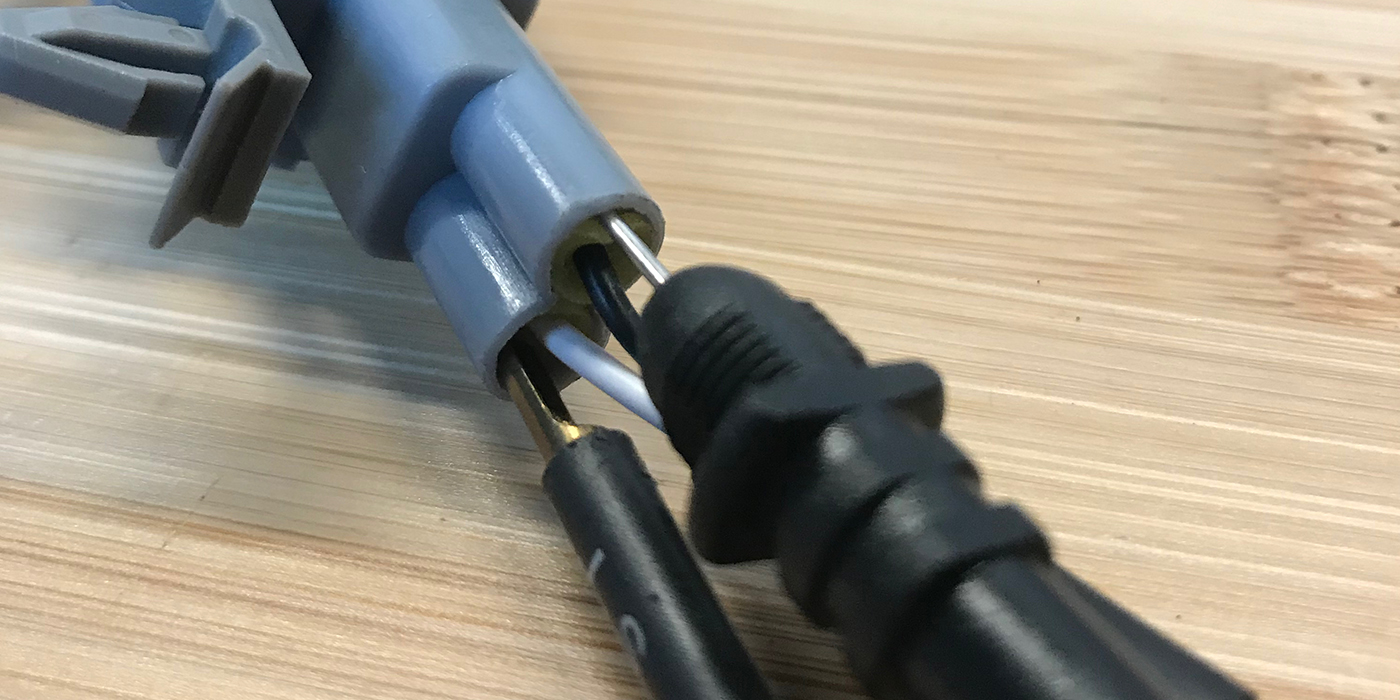According to a report from Edmunds.com, today’s best-selling cars get 12% better mileage than the 2005 best sellers, reflecting in a major shift by the motoring public toward fuel efficiency.
In the Edmunds.com report, the top five best-selling vehicle segments generally account for just fewer than two-thirds of total vehicle sales. They are broken down into: mid-sized car, compact car, mid-size SUV, large truck and luxury car. The report said that today’s best sellers earn an average of 20.4 miles per gallon, while the 2005 group earned an average of 18.2 mpg.
“There will come a day in the not-so-distant future when a comparison of fuel efficiency improvements from five years earlier will be laughable,” remarked Edmunds’ GreenCarAdvisor.com Editor John O’Dell. “There is much promise reflected in the upcoming introductions of mainstream electric vehicles like the Chevy Volt and the Nissan Leaf.”
In 2005, large trucks were the most popular purchases among new vehicle buyers, and the segment averaged 14.5 miles per gallon. Today, midsize cars sell at the fastest rate and earn an average 22.0 mpg.
The best-selling vehicle segment, along with the greatest average fuel economy gain over five years, is the midsize SUV segment, which improved by 27% and gained 2.2% market share percentage points
to boot.
Segment 2010 Market Share* Average Combined MPG
Midsize Car 17.8% 22.0
Compact Car 16.6% 25.6
Midsize SUV 14.6% 18.6
Large Truck 10.4% 16.0
Luxury Car 6.4% 19.8
*Includes January through March
Segment 2005 Market Share* Average Combined MPG
Large Truck 14.4% 14.5
Midsize Car 14.3% 21.1
Compact Car 13.1% 23.0
Midsize SUV 12.4% 14.6
Large Car 9.3% 17.8
*Includes January through March
So how does this research on new vehicles affect you and your shop? For one thing, it shows that vehicle owners are concerned about stretching their budget when paying at the pump.
Drivers of these new vehicles are going to want to continue to get good fuel mileage from these vehicles — a deciding factor in why they purchased it in the first place.
Which makes it an opportunity for your shop. Explain to these customers the value and importance of regular maintenance — including oil and filter changes, tire rotations and tune-ups in order to achieve continued high fuel economy for their vehicle.
Since many of the new cars on the roads are being purchased rather than leased by drivers, also a change during the last five years, remind them that in order to make their investment last and perform like new, they need to follow their vehicle’s maintenance schedule. Note: You may even have to show them where it’s located — in the glove box.
This concept works well with your customers driving older cars, as well. Let them know that their vehicle, too, can achieve improved fuel economy and engine performance with specific engine services like cleaning fuel injectors, replacing spark plugs and wires, flushing and refilling coolant and other higher-mileage services.
And, understand that this new “attitude adjustment” among vehicle owners will provide continued
profitable opportunities for your shop.
Charts courtesy of Edmunds.com.













